You have no items in your shopping cart.
0
You have no items in your shopping cart.
Slacklining, and Longlining especially, are very gear intensive sports. It can take quite a while to set up a line if you are not fully prepared as there are a ton of steps. Because of this, it is very important to check through everything once the line is rigged to ensure everything has been rigged safely. This article will go into the things that you should check after you rig your slackline to ensure it's safe to walk. These checks can also be performed if you are about to hop on a line that you did not setup and are wanting to make sure it's safe.
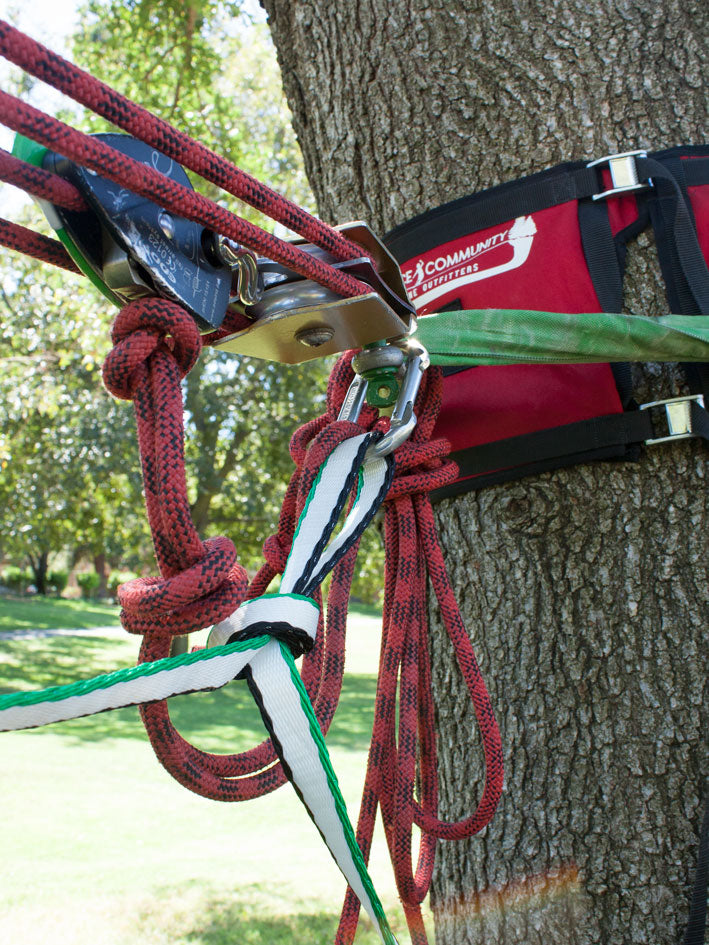
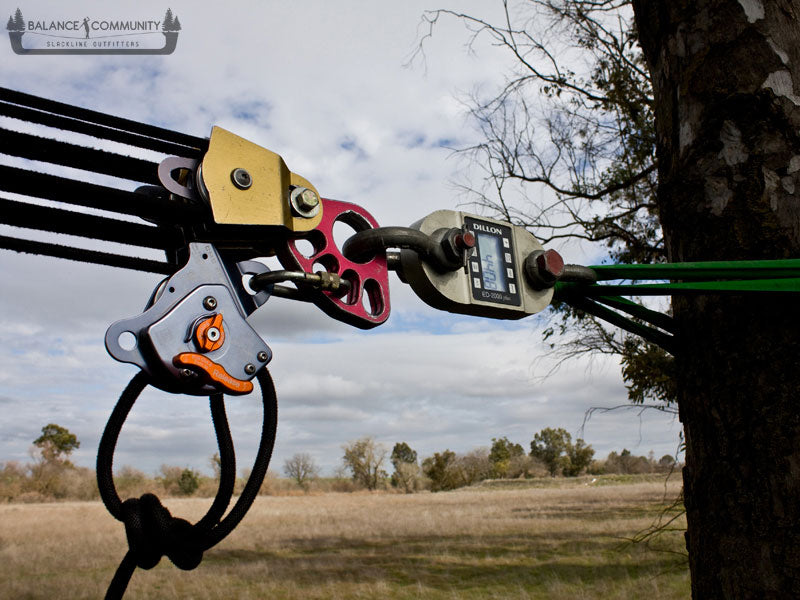
Some braking devices have a locking feature on them. These types of brakes should have the lock engaged before anyone walks on the line. Here is a list of some of the brakes that have locks on them (this list is not complete):
Here is a list of some of the brakes that do not have locks on them (this list is not complete):
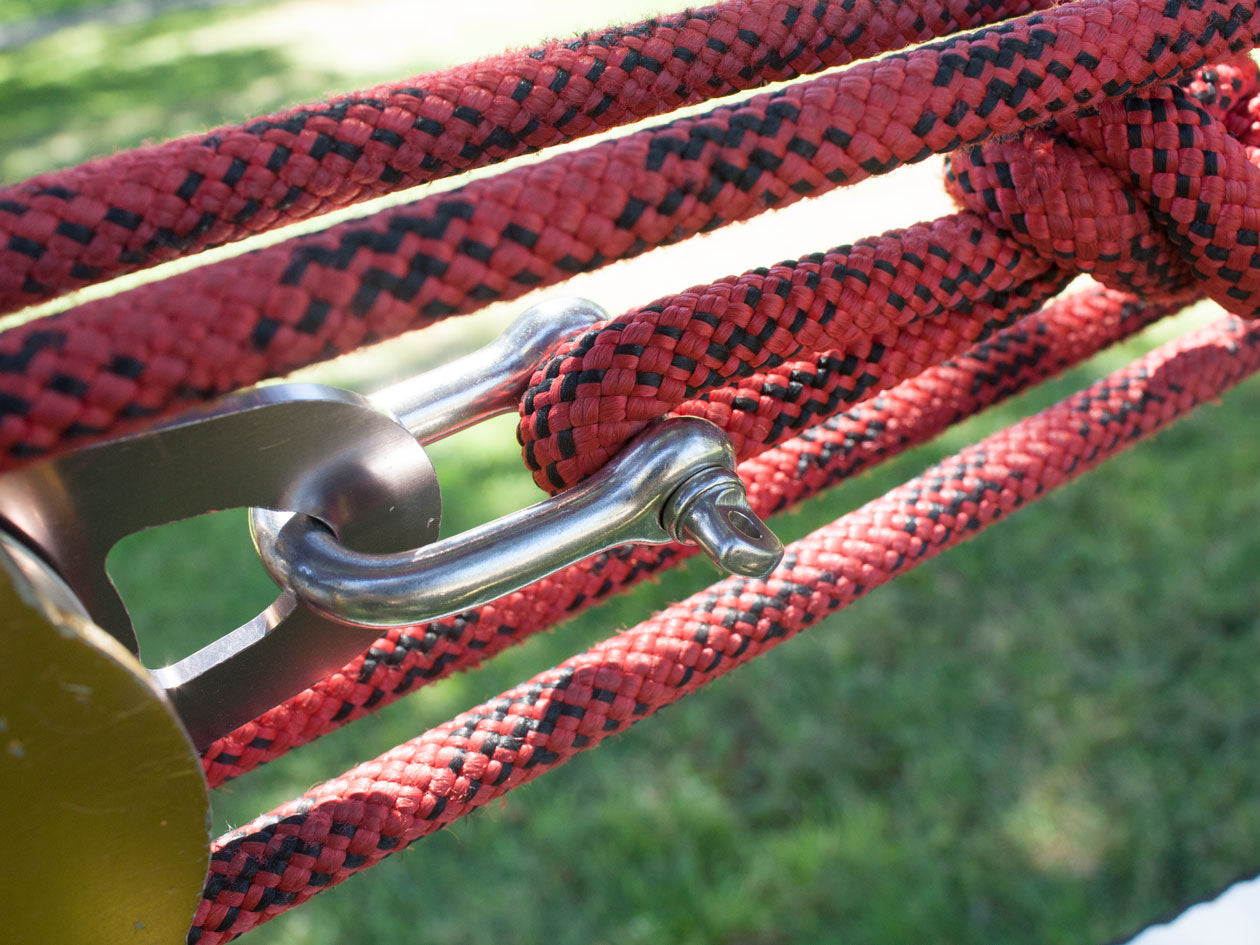
Make sure all the gates on your carabiners and quicklinks are fully closed, make sure all the shackle pins are fully twisted on, and ensure any connection point is connected as it is intended to be connected.
Some pieces of hardware that should be locked or fully closed are:
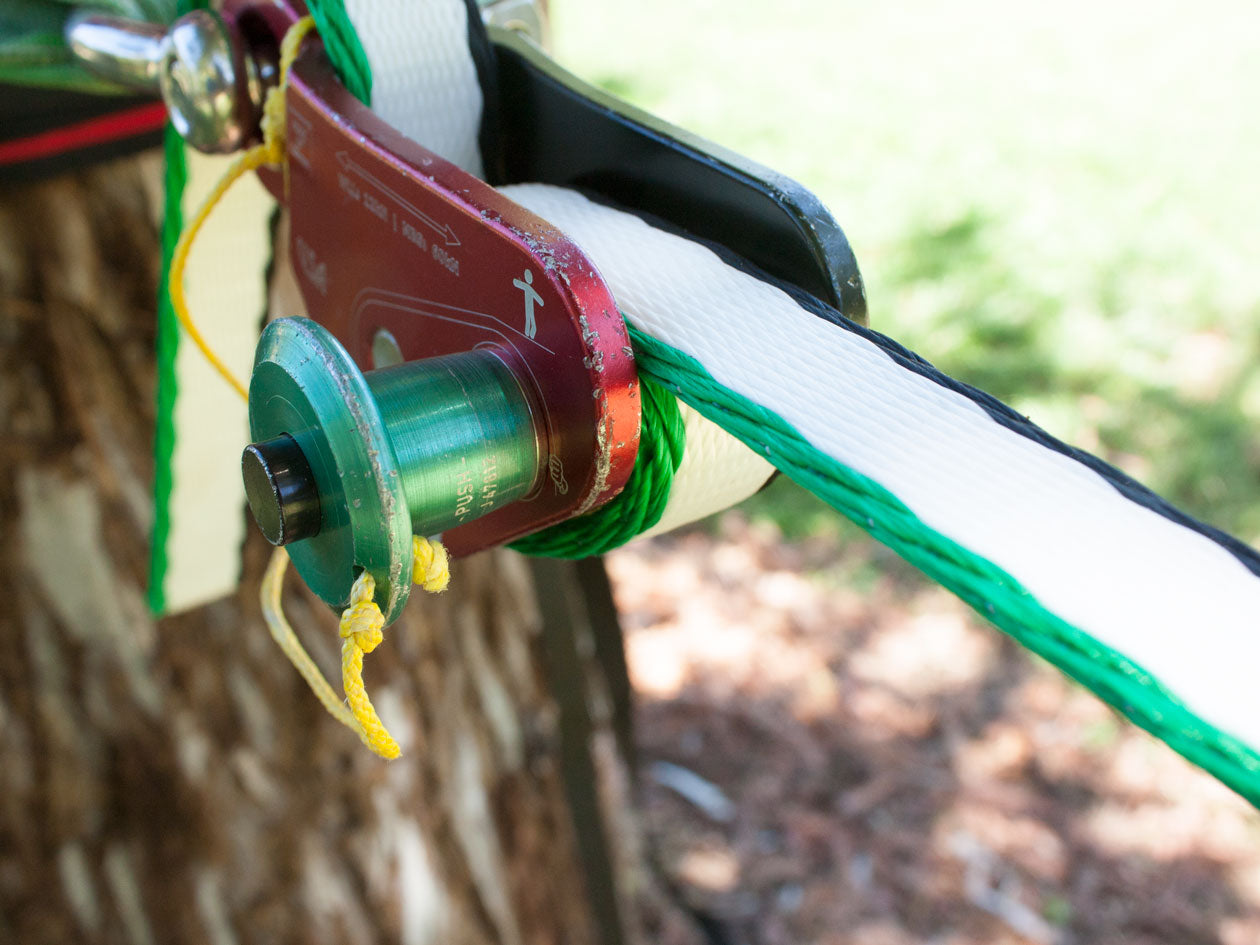
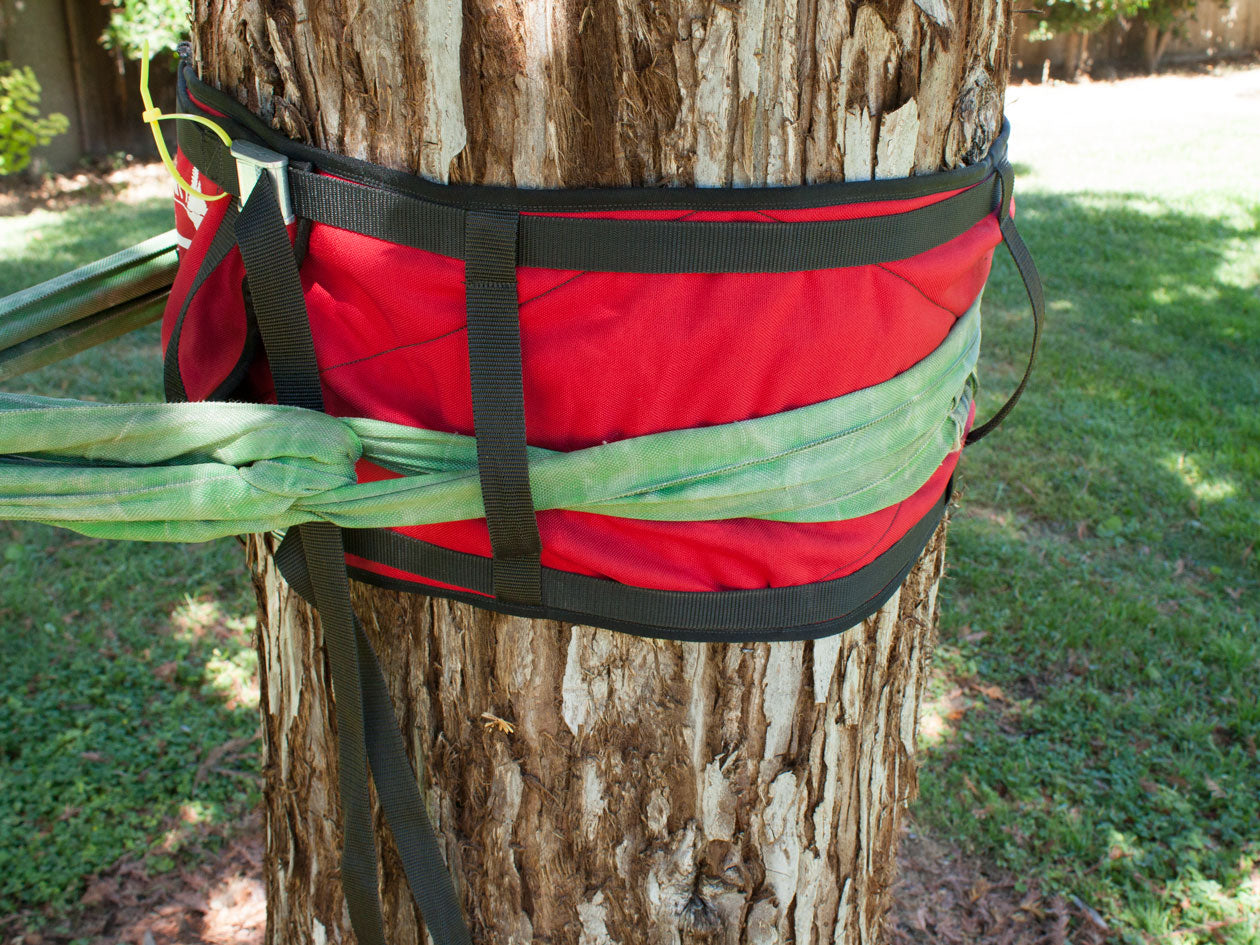

As we saw in a previous Slack Science Article, wind dampeners are very important for the longevity of your gear! Ensure these are installed before stepping foot on your line.
See Slack Science - Wind Dampeners for more information on how to install Wind Dampeners.
This list is meant to be a guide to help you determine if a line is safe to walk before getting on it. In no way is this list comprehensive. It is up to you to look for things that are not rigged correctly for your own safety.
In a few weeks we will be releasing an article that will go over various things to avoid when rigging a longline / slackline. These things should also be looked for when getting a line that was rigged by someone else.
Following these guides will support a safe slackline session and ensure that your gear will last for years to come!
| Product | Price | Quantity | Options | |||||
|---|---|---|---|---|---|---|---|---|
| Features |
| Availability: |
| Price |
| Options |
| Actions |

← Older Post Newer Post →
0 comments